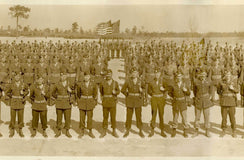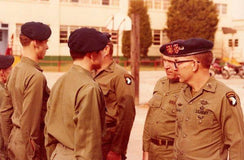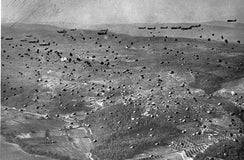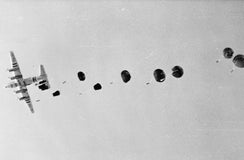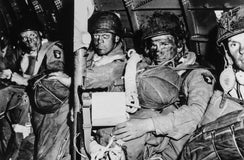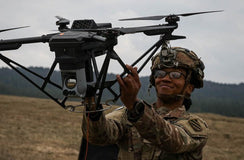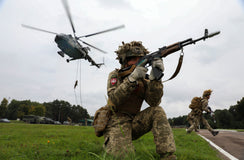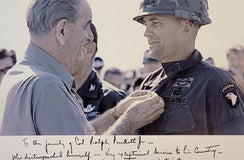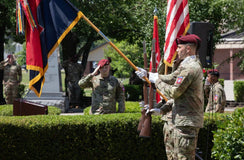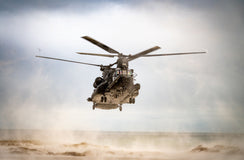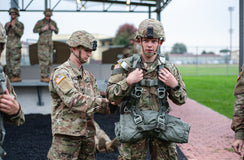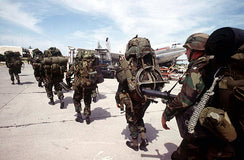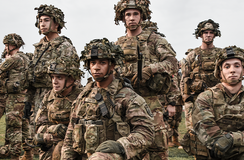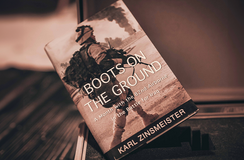The History of U.S. Army Fitness Testing

The U.S. Army has continually experimented with and implemented different physical fitness tests since WWII based on the 'last war.' Performance in combat meant there was scientific data in which the Army could measure how fitting were these tests in preparing soldiers for war. Though there was mixed feedback on how appropriate these tests measured soldiers' preparedness, they provided somewhat of an image of where the troops stood in endurance and agility. These tests were typical military in nature in the early days. However, they are increasingly impacted by the trends in the civilian world. Today the Army has adopted the Army Combat Fitness Test, but how did it get here?
The necessity of being fit--in the middle of the war
After the United States was involved in World War Two, its leaders also saw the necessity of testing soldiers to see if they were fit for combat. In 1941, the War Department published FM 21-20 Physical Training, which laid out a standardized test for men in uniform. The test had four events and four different thresholds: minimum standard, average, above average, and superior. The four events were the 100-yard sprint, the running high jump, the running broad jump, and push-ups.
Then in 1942, the Army Ground Forces Test (AGFT) was instituted across the Combat Basic Training centers to test endurance, muscular endurance, mesomorphic build, and circulatory and respiratory endurance. The test consisted of five events: squat jumps, sit-ups, pull-ups, and a 300-yard run.
Afterward, as WW2 was coming to an end, in 1944, the experiences of the soldiers fighting in Europe, the Pacific, and elsewhere were integrated into the new Physical Efficiency Test Battery (PETB), which consisted of the added squat jump, pull up, sit up; removed the 4-mile march and the zig-zag run of 75 yds; finally, it replaced the 150 yd shuttle with the 300 yd shuttle. These improvements were meant to address the issues faced on the battlefield, and such changes took place in a middle of a world war, showing real discipline across the Army.
From Complacency to Army’s Physical Readiness Training
After WW2, the physical training standards of American troops fell below the threshold of being ready for combat, which was very evident during the Korean War. This complacency was costly, and the organization took quick steps to improve the situation; thus, in 1959, it presented the Physical Readiness Training, which consisted of 11 categories from running to climbing to swimming. The subsequent test was called the Physical Combat Proficiency Test (PCPT), consisting of the low crawl, horizontal ladder/monkey bars, grenade throw, agility run (dodge, run, and jump), and 1-mile run. The PCPT is considered one of the most rigorous tests conducted by the U.S. Army, yet it has disadvantages since it was designed only for males and requires multiple equipments.
Then in 1980, the Army presented the Army Physical Fitness Test (APFT), the first test designed with gender-normed standards and requires no equipment. The APFT consisted of a 2-mile run, push-up, and sit-up and was categorized into men and women at the following age categories: 17-21 yrs., 22-26 yrs., 27-31 yrs., 32-36 yrs. And 37-41 yrs. The test also required no combat uniform and boots, so it could be taken in a shirt and shorts. The test was criticized that it tested whether soldiers were living a healthy lifestyle and not so much if they were ready for combat. Although it was much criticized, it lasted for over 40 years, during which time U.S. Army fought in the Gulf, the Balkans, Afghanistan, and Iraq, just to name a few.
In 2011, U.S. Army's Training and Doctrine Command took actual steps to replace APFT, presenting two new tests, the Army Physical Readiness Test and the Army Combat Readiness Test consisting of five and seven disciplines, respectively. However, although the APRT and ACRT were branded as revolutionary, they were never formalized into the Army's testing machine.
Back to the Basics
In 2019 the U.S. Army started the first pilot phase of testing the Army Combat Fitness Test (ACFT) for several years. Initially, the test was gender-neutral and split across three thresholds: heavy physical demand units/MOSs, significant physical demand units/MOS, and moderate physical demand units/MOSs.
After thorough discussions, critiques, and appraisals, the Army Combat Fitness Test was formalized as the Assessment for the physical domain of the Army's Holistic Health and Fitness System. Additionally, the gender and age performance-normed scoring was introduced after the pilot phase, in contrast to the initial stage when it was both gender and age-neutral.
The test consists of six events: 3 repetitions maximum deadlift, standing power throw, hand-release push-up arm extension, the sprint-drag-carry event, the plank, and the two-mile run, all done.
The diagnostic test across the Army was taken in April of 2022, and regular Army and Active Guard Reserve will start taking the ACFT for record in October of 2022. Therefore, by April of 2024, everyone in the Army must have a record ACFT in their file.
This is a significant change to APFT and will require much more discipline and dedication to the physical preparation of soldiers and their lifestyle in general. However, these steps are a serious attempt to have a coherent test that provides a clear picture if a soldier is fit for duty and combat. Will it survive over the years? Only time will tell, but for now, ACFT is here to stay.
Did you know?
U.S. Service Academies have standardized their physical testing concerning the admission phase. The Candidate Fitness Assessment is the same across the USMA, USNA, and USAFA, and it consists of six events: ball throw, pull-ups, a shuttle run, crunches, pushups and 1 mile run.
Photo By: SPC Ryan Lucas


